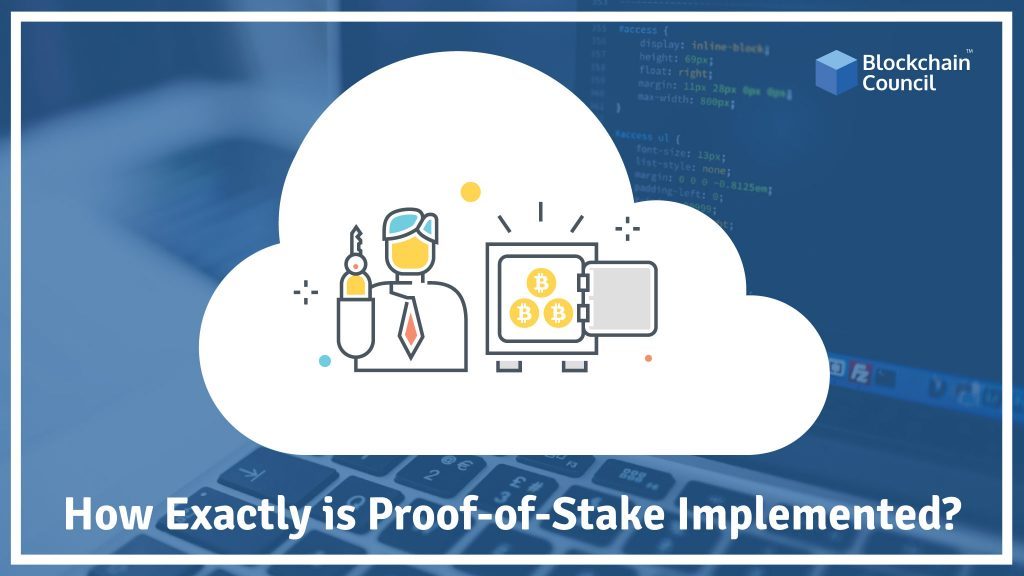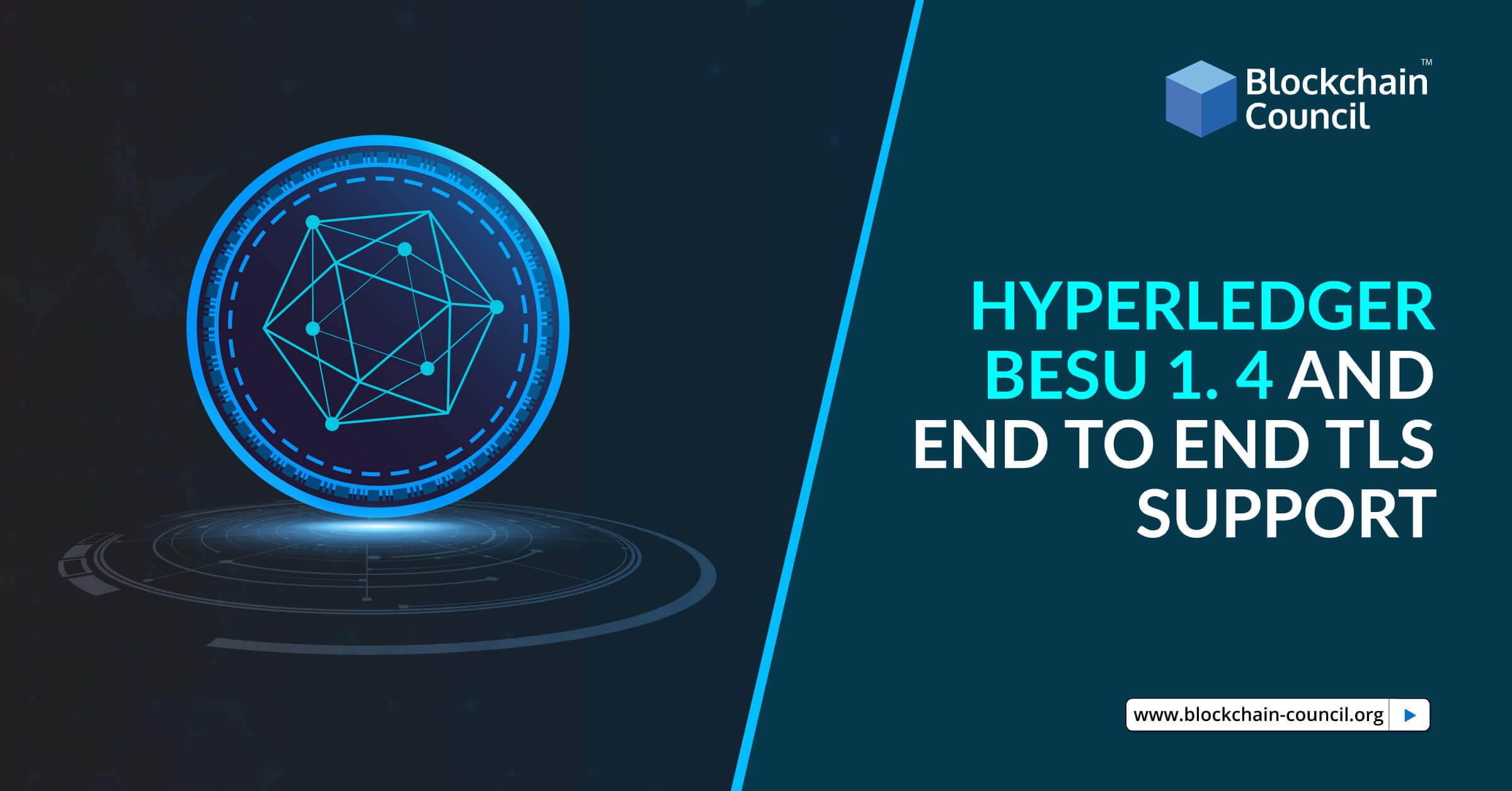
- Toshendra Kumar Sharma
- February 12, 2018
Recently after Ethereum decided to shift to Proof-Of–Stake from Proof-Of-Work, it has garnered a lot of attention. It has emerged as a great alternative to the tradition; a Proof-Of-Work system. Being more energy efficient, lesser time consuming has made it an excellent choice. Before heading further, let us have a quick view of Proof-of-Stake.
An important point to note about Proof-Of-Stake is that in most of the cases the digital currency is created at the time of launch and their number remains fixed. Thus, here, the validators don’t get cryptocurrency as a reward in the case of Proof-Of-Work. Instead, they get transaction fees as a reward.
Benefits of Proof-Of-Stake
Since Proof-Of-Stake has the edge over the Proof-Of-Work, and hence it is getting popular. Here are some of the benefits that it offers :
1) Energy efficient – The reason Proof-Of-Stake has become so popular is that it consumes less energy as compared to Proof-Of-Work. In case of Proof-Of-Work, one needs to solve algorithm to add a block which consumes around $1 million per day. On the contrary, Proof-Of-Stake consumes lesser energy.
2) No need to issue too many coins- Since there is lesser consumption of electricity, there is no need to consume too, much of power, you don’t have to issue too many coins to attract participants.
Implementation of Proof-Of-Stake
As already mentioned, the user has to show ownership of cryptocurrency to validate the transaction. The more is the number of coins; the promise is the probability of approving the transaction. They get rewards in the form of transaction fees.
In case of Proof-Of-Stake, the creator is selected in a pseudo-random way. The wealth of the creator becomes the base for selection. This wealth is the number of coins or stake. In case of Proof-Of-Stake, forged is used instead of minted. The users who validate the transactions and add new block and are known as forgers. I have previously mentioned that the user or validators get the reward in the form of the transaction fee.
How does transaction validation take place in Proof-of-Stake
In this case, to create a new block the forger must initially put their coins at stake. This is similar to holding an escrow account, in case the validator validates a fraud transaction, they lose their stake as well as their right to participate in any such future events. A forger can only participate in forging when they put their stake up and can go ahead with the validation process.
It doesn’t work with ICO and at the initial stage of cryptocurrency, this, to use Proof-Of-Stake, you can either start with an ICO, sell the pre-mined coins, or else you can start off with Proof-Of-Work and then switch to Proof-Of-Stake, like its done in Ethereum.
Currencies using Proof-of-Stake
At present this system is used in :
1) BlackCoin
2) Lisk
3) Peercoin
4) Nxt Coin
5) Block Selection Methods
In case of Proof-Of-Stake, it’s essential that we have a way to choose the one who will forge the next block. Just by selecting them on the base of the size of the account won’t be sufficient. There needs to be a proper system which will be helpful in doing so. To be fair while choosing the forger, there are two ways:
1) Randomized Selection- In this case, the user who has the lowest hash value and the size of their stake gets the chance to select the next block.
2) Coin Age-Based Selection- As the name indicates, in this method the age of coin decides the forger.
Coinage calculation-
The number of days for which the digital currency user has held at stake * The Number of coins at stake.
An important point to note here is that the number of days should be at least 30 days for the coins at stake. If its lesser than 30 days, then the forger cannot participate in validation.
The users or forgers who have more coins at stake and have been holding them for a longer time have a better probability of qualifying.
The maximum period for coins at stake is 90 days. It prevents the users with very old and significant stake to dominate the participation. It gives a fair chance to all the forgers to participate in the validation process.
Peercoin makes use of age-based selection along with random selection method.
The bottom line
This was a general description of Proof-Of-Stake and how it works. There are many other methods which have come into existence that are a feasible way to add new blocks. The objective behind it is to create a safe and secure environment for digital currency transaction. Along with the creation of equal opportunity for everyone to earn.





































































 Guides
Guides News
News Blockchain
Blockchain Cryptocurrency
& Digital Assets
Cryptocurrency
& Digital Assets Web3
Web3 Metaverse & NFTs
Metaverse & NFTs
